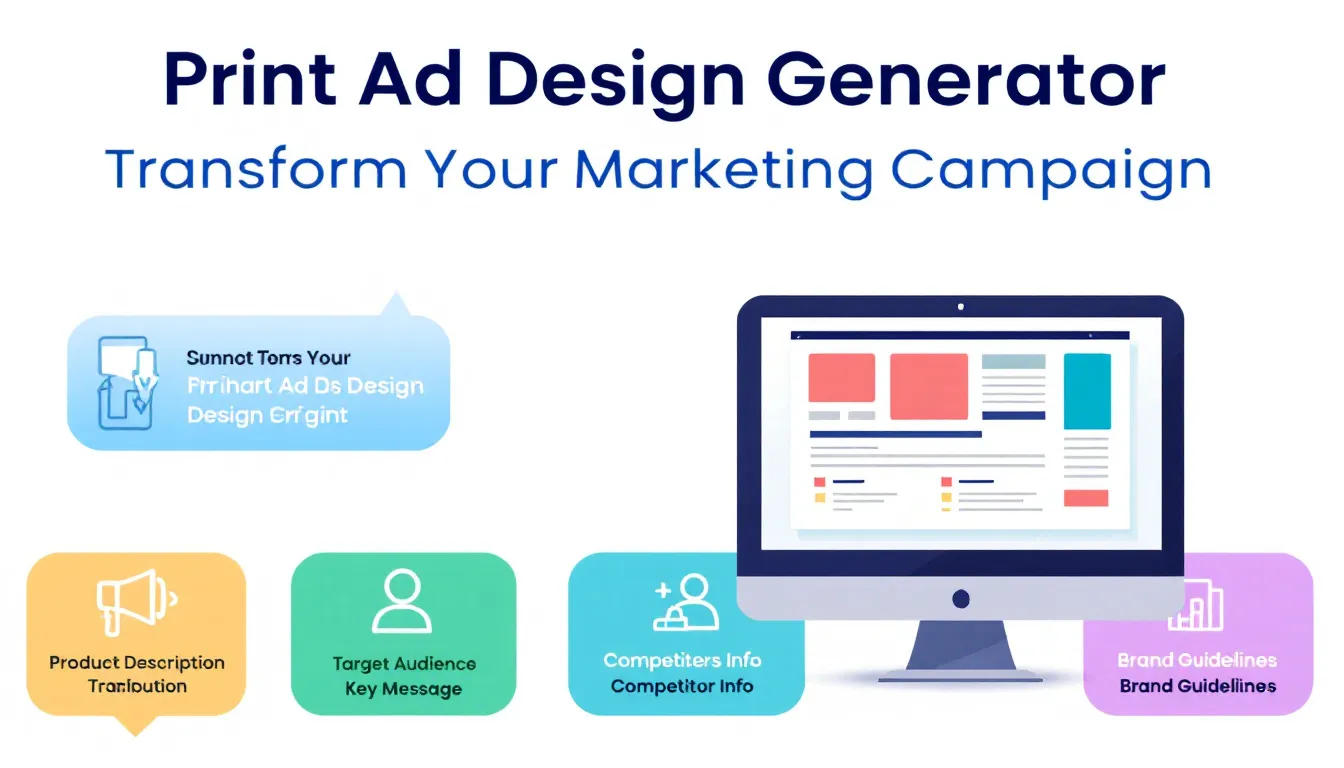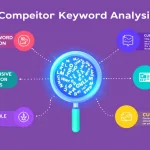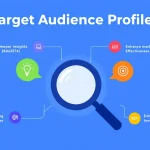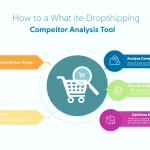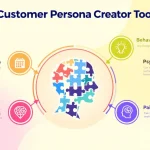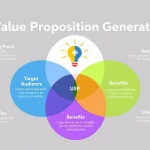Is this tool helpful?
How to Use the Print Ad Concept Generator Effectively
Step-by-Step Guide to Creating Compelling Print Ad Concepts
To generate effective print ad concepts using this tool, follow these detailed steps:
- Product or Service Description: Enter comprehensive details about your offering. For example: – “Luxury eco-friendly yoga mats made from sustainable cork, featuring unique mandala designs” – “Monthly plant subscription box delivering rare houseplants with care instructions”
- Target Audience Details: Define your audience demographics and characteristics. Sample entries: – “Health-conscious women aged 28-45, interested in wellness and sustainability, with disposable income” – “Millennial plant enthusiasts living in urban areas, active on social media, interested in interior decoration”
- Key Message Input: Articulate your primary value proposition clearly: – “Transform your practice with eco-conscious luxury that supports your wellness journey” – “Discover rare plants delivered monthly, curated by experts for your growing collection”
- Competitor Information: Share relevant market insights about competing advertisements
- Brand Guidelines: Specify your visual identity requirements
- Ad Dimensions: Include specific size requirements for your print advertisement
Understanding the Print Ad Concept Generator
This advanced tool combines marketing expertise with creative intelligence to develop unique print advertisement concepts that align with your brand objectives and target audience preferences. It processes your inputs to generate multiple ad concepts that can be used as foundations for your print marketing campaigns.
Core Features and Capabilities
- Multi-concept generation based on detailed inputs
- Target audience-aligned messaging
- Competitive differentiation strategies
- Brand consistency maintenance
- Format-specific recommendations
Benefits of Using the Print Ad Concept Generator
Time and Resource Optimization
The tool significantly reduces the time typically spent in creative brainstorming sessions while maintaining high-quality output. It streamlines the conceptualization process, allowing marketing teams to focus on refinement rather than starting from scratch.
Consistent Brand Messaging
By incorporating your brand guidelines and key messages, the generator ensures all concepts align with your established brand identity while exploring creative ways to present your value proposition.
Market Differentiation
Taking into account competitor information, the tool helps create unique concepts that stand out in your market space while addressing specific customer needs and pain points.
Solving Common Print Advertising Challenges
Message Clarity and Impact
The generator helps overcome the challenge of creating clear, impactful messages by structuring concepts around your core value proposition while considering space limitations and visual hierarchy.
Target Audience Connection
By processing detailed audience information, the tool creates concepts that resonate with specific demographic and psychographic characteristics of your target market.
Creative Differentiation
The tool addresses the challenge of standing out in crowded markets by generating unique approaches based on your competitive landscape analysis.
Practical Applications and Use Cases
Retail Industry Example
A boutique clothing store used the generator to create a series of seasonal sale advertisements. By inputting their premium positioning and target audience of fashion-conscious professionals, they received concepts that emphasized quality and exclusivity while promoting time-sensitive offers.
Service Industry Application
A professional consulting firm utilized the tool to develop thought leadership advertisements for business magazines. The generator produced concepts that positioned their expertise while maintaining a sophisticated, authoritative tone appropriate for their executive audience.
Product Launch Campaign
A tech company used the generator to create concepts for their new smart home device launch. The tool provided fresh approaches to communicate innovation and user benefits while differentiating from existing market offerings.
Frequently Asked Questions
What information is most important when using the generator?
The product/service description and target audience information are crucial for generating relevant concepts. The more detailed these inputs, the more targeted and effective the output will be.
Can I generate multiple concepts for the same product?
Yes, you can generate multiple concepts by adjusting your inputs slightly or emphasizing different aspects of your value proposition in subsequent generations.
How should I choose between different generated concepts?
Evaluate concepts based on their alignment with your marketing objectives, brand guidelines, and target audience preferences. Consider testing concepts with a small focus group before final selection.
Can I combine elements from different generated concepts?
Yes, the generated concepts can serve as creative building blocks. You can mix and match elements to create the most effective advertisement for your needs.
Is this tool suitable for all types of print advertisements?
Yes, the generator can create concepts for various print formats including magazine ads, newspaper advertisements, billboards, and other print media formats.
How often should I update my ad concepts?
It’s recommended to refresh your ad concepts when launching new products, targeting new audience segments, or when market conditions significantly change.
Should I include pricing information in my inputs?
Including pricing information can be helpful if price point is a key differentiator or value proposition, but it’s not necessary for generating effective concepts.
Can I use the generated concepts for different marketing channels?
While the concepts are optimized for print, they can often be adapted for other marketing channels with appropriate modifications to suit each medium’s requirements.
Important Disclaimer
The calculations, results, and content provided by our tools are not guaranteed to be accurate, complete, or reliable. Users are responsible for verifying and interpreting the results. Our content and tools may contain errors, biases, or inconsistencies. We reserve the right to save inputs and outputs from our tools for the purposes of error debugging, bias identification, and performance improvement. External companies providing AI models used in our tools may also save and process data in accordance with their own policies. By using our tools, you consent to this data collection and processing. We reserve the right to limit the usage of our tools based on current usability factors. By using our tools, you acknowledge that you have read, understood, and agreed to this disclaimer. You accept the inherent risks and limitations associated with the use of our tools and services.
